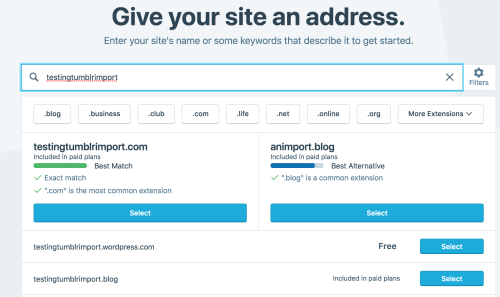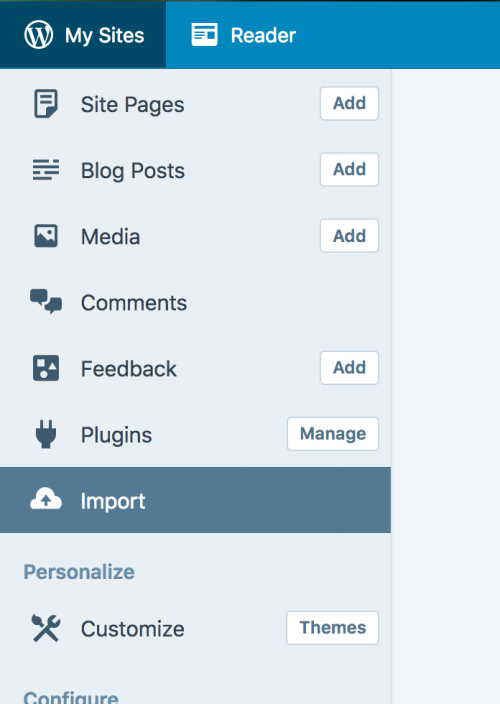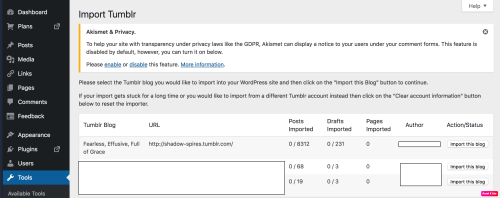The XFL, an alternative version of football, was born in 2001. It also died in 2001.
America wasn’t ready for “extreme” football. The pre-season XFL advertising blimp that deflated and crashed in Oakland, CA was some on-the-nose foreshadowing. After its single season, the XFL quietly faded from memory, but its founder, Vince McMahon, of World Wrestling Entertainment (WWE) acclaim, was lying in wait.
Now, a short 17 years later, America is getting exactly what we never asked for, and maybe exactly what we deserve: the Second Coming of the XFL.
 McMahon announced today that he and Andrew Luck’s (you know, that guy from football) dad, Oliver Luck, will be rebooting the league. There will be eight teams: Dallas, Los Angeles, Tampa Bay, Houston, New York, St. Louis, Washington D.C., and Seattle.
McMahon announced today that he and Andrew Luck’s (you know, that guy from football) dad, Oliver Luck, will be rebooting the league. There will be eight teams: Dallas, Los Angeles, Tampa Bay, Houston, New York, St. Louis, Washington D.C., and Seattle.
So, just what are we in for? When I first heard about the XFL, I assumed it was some cool, modern revamping of football like what Twenty20 did for cricket. Nope.
Bob Costas, an NBC sportscaster, described the XFL as a combination of “mediocre high school football and a tawdry strip club.”
The XFL was co-sponsored by NBC and the WWF (the precursor to the WWE). NBC was all bitter that they lost NFL broadcasting rights to CBS. So, naturally, they teamed up with the wrestling world to bring a new, spicier football to American television sets. Wrestling and football? What could go wrong?
The game, played by mostly amateur players (aside from this one guy), was designed to be faster and more violent.
For instance, there wasn’t a coin toss. There was, instead, an “opening scramble.” Players would race toward the middle and fight to get to a football first. Whoever got it would get to choose who had possession first. One guy ripped up his shoulder so badly in his first game during the scramble that he was out for the whole season.
The cheerleaders wore scantily clad and sexually suggestive outfits. The XFL filmed inside looks into the cheerleaders’ locker room. Players were encouraged to date them, according to the Wall Street Journal. There were hot tubs in the end zones filled with actual strippers.
by Nathalie Graham, The Stranger | Read more:
Image: Fatcamera/Getty
America wasn’t ready for “extreme” football. The pre-season XFL advertising blimp that deflated and crashed in Oakland, CA was some on-the-nose foreshadowing. After its single season, the XFL quietly faded from memory, but its founder, Vince McMahon, of World Wrestling Entertainment (WWE) acclaim, was lying in wait.
Now, a short 17 years later, America is getting exactly what we never asked for, and maybe exactly what we deserve: the Second Coming of the XFL.
 McMahon announced today that he and Andrew Luck’s (you know, that guy from football) dad, Oliver Luck, will be rebooting the league. There will be eight teams: Dallas, Los Angeles, Tampa Bay, Houston, New York, St. Louis, Washington D.C., and Seattle.
McMahon announced today that he and Andrew Luck’s (you know, that guy from football) dad, Oliver Luck, will be rebooting the league. There will be eight teams: Dallas, Los Angeles, Tampa Bay, Houston, New York, St. Louis, Washington D.C., and Seattle.So, just what are we in for? When I first heard about the XFL, I assumed it was some cool, modern revamping of football like what Twenty20 did for cricket. Nope.
Bob Costas, an NBC sportscaster, described the XFL as a combination of “mediocre high school football and a tawdry strip club.”
The XFL was co-sponsored by NBC and the WWF (the precursor to the WWE). NBC was all bitter that they lost NFL broadcasting rights to CBS. So, naturally, they teamed up with the wrestling world to bring a new, spicier football to American television sets. Wrestling and football? What could go wrong?
The game, played by mostly amateur players (aside from this one guy), was designed to be faster and more violent.
For instance, there wasn’t a coin toss. There was, instead, an “opening scramble.” Players would race toward the middle and fight to get to a football first. Whoever got it would get to choose who had possession first. One guy ripped up his shoulder so badly in his first game during the scramble that he was out for the whole season.
The cheerleaders wore scantily clad and sexually suggestive outfits. The XFL filmed inside looks into the cheerleaders’ locker room. Players were encouraged to date them, according to the Wall Street Journal. There were hot tubs in the end zones filled with actual strippers.
by Nathalie Graham, The Stranger | Read more:
Image: Fatcamera/Getty























